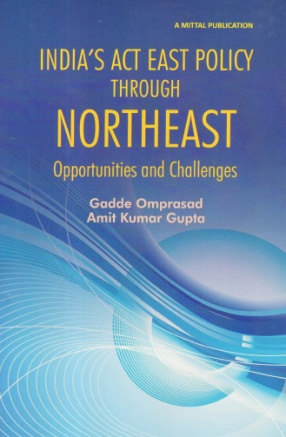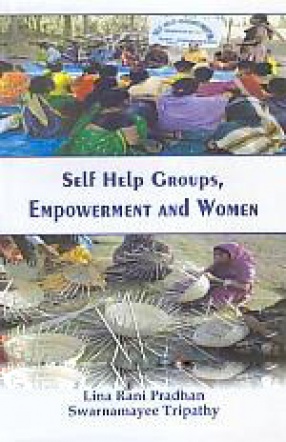Look East Policy was launched by the Government of India in 1991 aiming at boosting India’s relations with the Association of South East Asian Nations popularly known as ASEAN and the other East Asian countries most importantly in the economic and strategic spheres. Though initially, India’s look East Policy did not specifically focus on the Northeastern region of India, over a period of time, it has emerged as an important focal point in connecting India with the ASEAN since the region shares borders with Myanmar and can act like a gateway to the physical connectivity with the ASEAN member countries. In this regard many scholars have put forward the argument that no vision of the Look East Policy is complete without a discussion of the region. Hence there is an urgent need to immediately look into more effective mechanisms to act east through Northeast.
The book intends to explore the potentials, opportunities, challenges, problems for mutual cooperation between India and ASEAN in general and keeping Northeast region of India in particular. It also suggests the policy prescriptions to the existing, future challenges. The book has been divided into three sections. Section I, which holds four chapters, broadly makes an attempt to analyze India’s Act East Policy as an interface between India and ASEAN and additionally located the Indian Diaspora in Southeast Asia. Section II, again holds four chapters and provides an overview of the histories, identities and rich mosaic of ethnic diversity found within Northeast India and additionally makes an attempt to carefully understand how Northeast India forms an essential part of India’s Look East Policy. The last three chapters, forms a part of Section III. This section tries to look into the ground realities existing in various states and particularly in Manipur Myanmar and Bhutan. This section distinctly examines the Act East policy from the local point of view and perspectives.







There are no reviews yet.